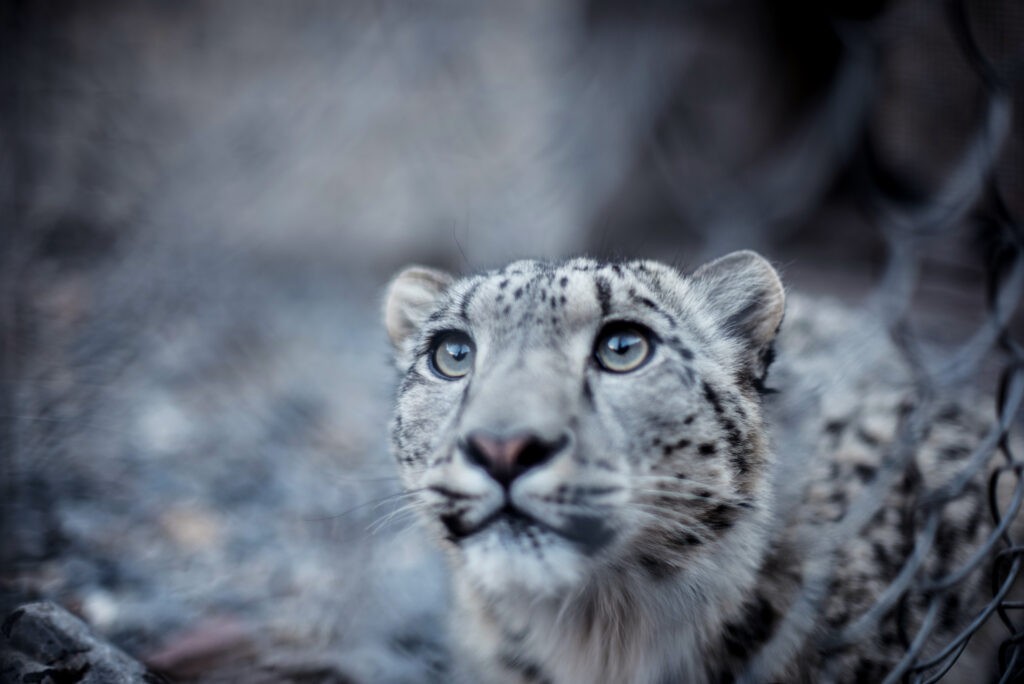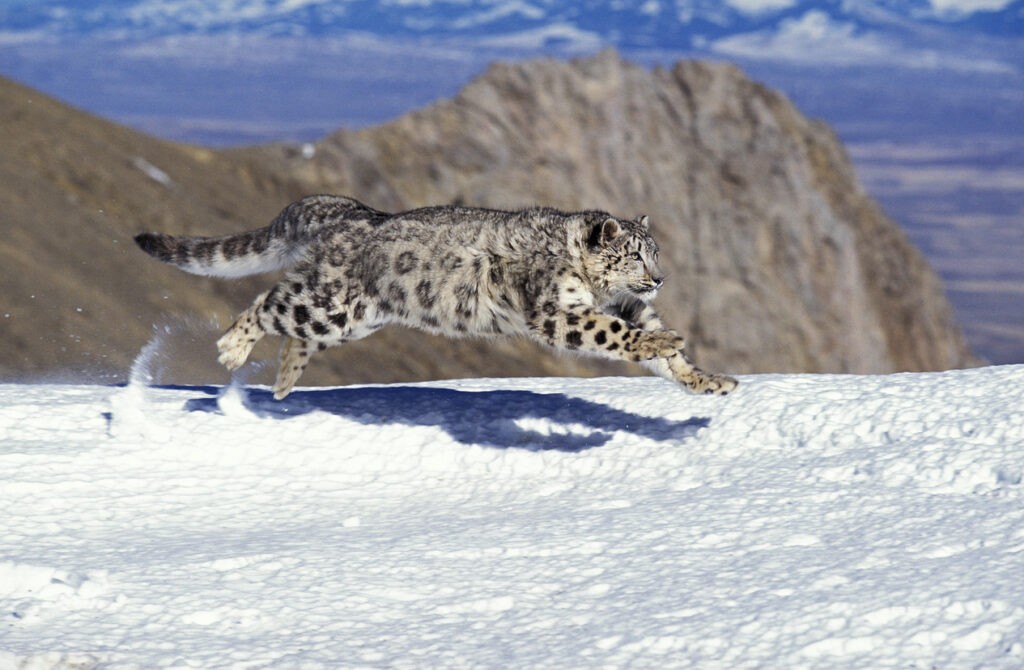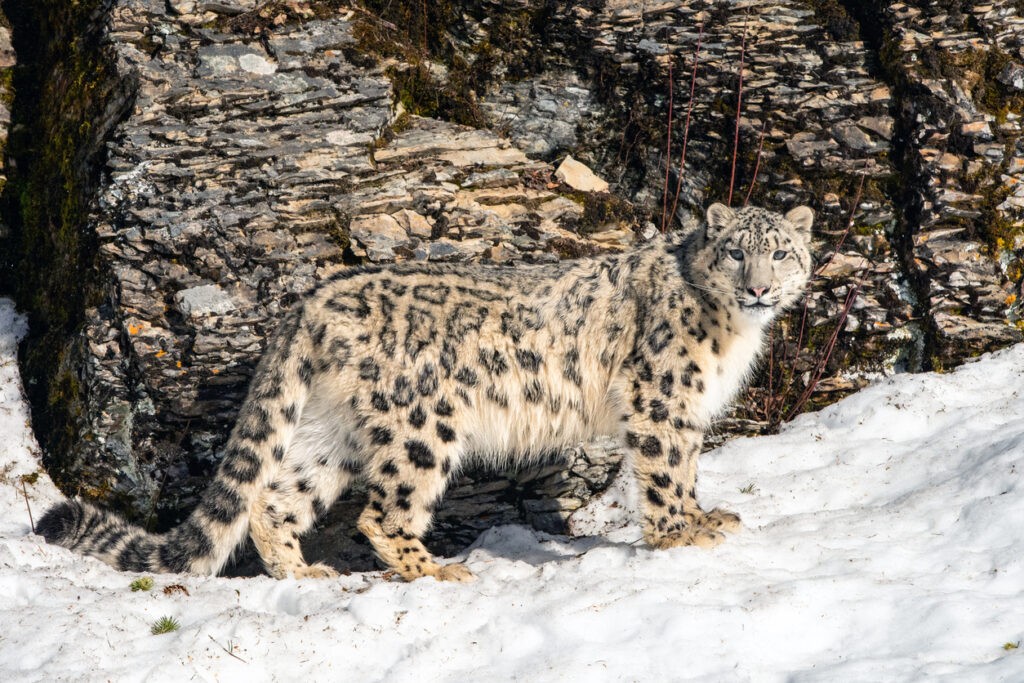Kyrgyzstan Adopts Snow Leopard as National Symbol, Unveils Official Logo
On October 23, International Snow Leopard Day, Kyrgyzstan’s Cabinet of Ministers officially designated the snow leopard as the country’s national symbol and approved an official logo along with usage guidelines. The move follows a presidential decree issued in December 2023 recognizing the snow leopard as a national emblem. The Cabinet has tasked the Ministry of Natural Resources, Ecology, and Technical Supervision with developing an action plan to protect the species and its habitat. Snow leopards are considered a key indicator of ecological health in mountainous regions across 12 Asian countries, including Kyrgyzstan. The nation has played a prominent role in global conservation efforts, most notably by spearheading a UN General Assembly initiative that led to the establishment of October 23 as International Snow Leopard Day. Kyrgyzstan has also created the Ak Ilbirs Ecological Corridor in the Issyk-Kul region. Spanning more than 792,000 hectares, the corridor links major protected areas including Khan-Tengri State Nature Park, Sarychat-Eertash Nature Reserve, and Naryn Nature Reserve. The initiative aims to preserve habitats for snow leopards and other endangered species while promoting sustainable resource use. To mark the occasion, Bishkek also hosted the “Business, Ecology, and Sports - Ak-Ilbirs 2025” forum, which convened government officials, business leaders, sports organizations, and civil society representatives. The forum promoted the conservation of high-mountain ecosystems and introduced branding strategies positioning Kyrgyzstan as the “Country of the Snow Leopard.” According to a global assessment conducted from 2020 to 2024 under the Global Snow Leopard and Ecosystem Protection Program (GSLEP), Kyrgyzstan’s snow leopard population is estimated at 285 individuals.






